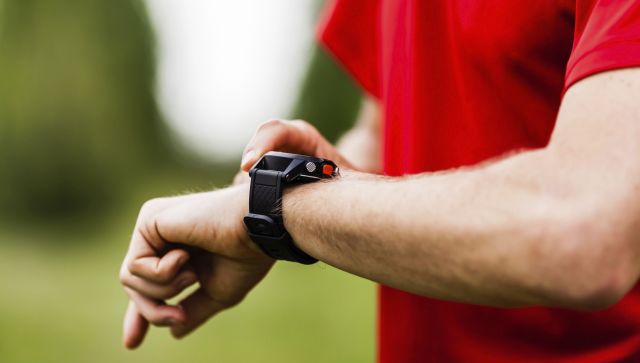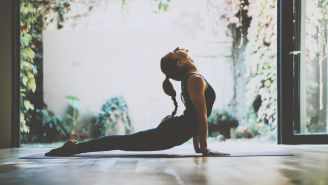Use this calculator only if you are physically active on a regular basis. If you're just starting an exercise program, work with your doctor to find a safe target heart rate.
To calculate your heart rate recovery time, you'll need:
- A watch or clock with a second hand
- Pencil and paper
- A place to exercise
Step 1: Find your target heart rate
Use the information below to find the target heart rate for your age group.
Your target heart rate* (heartbeats per minute) during exercise should be:
- Age 20–29: 120–160
- Age 30–39: 114–152
- Age 40–49: 108–144
- Age 50–59: 102–136
- Age 60–69: 96–128
- Age 70–79: 90–120
- Age 80–89: 84–112
- Age 90–99: 78–104
- Age 100 or older: 72–96
*Target heart rates are based on 60 percent–80 percent of estimated maximum heart rates (220 minus age).
Now, practice finding your pulse point and calculating your heart rate:
Place one or two fingertips (not a thumb) on the opposite wrist, just below the base of your thumb. Count the number of heartbeats you feel in 10 seconds. Multiply that number by six to get your heart rate per minute.
Step 2: Complete your fitness activity
The goal here is to increase your heart rate, so choose an activity that's going to get your heart pumping. Go for a brisk walk or run around the block, jump rope, use an elliptical trainer, or do any activity that will increase your heart rate.
While you're exercising, check your heart rate frequently. You're aiming to hit your target heart rate from the chart above.
Once your heartbeat is within the target range, stop exercising and write down two measurements:
- Your heart rate immediately after stopping
- Your heart rate two minutes later
Step 3: Calculate your heart rate recovery
Subtract your two-minute heart rate from the heart rate you took immediately after exercising. The faster your heart rate recovers—or slows down—the fitter and healthier your heart.
If the difference between the two numbers is:
- Less than 22: Your RealAge is slightly older than your calendar age.
- 22–52: Your RealAge is about the same as your calendar age.
- 53–58: Your RealAge is slightly younger than your calendar age.
- 59–65: Your RealAge is moderately younger than your calendar age.
- 66 or more: Your RealAge is a lot younger than your calendar age.






